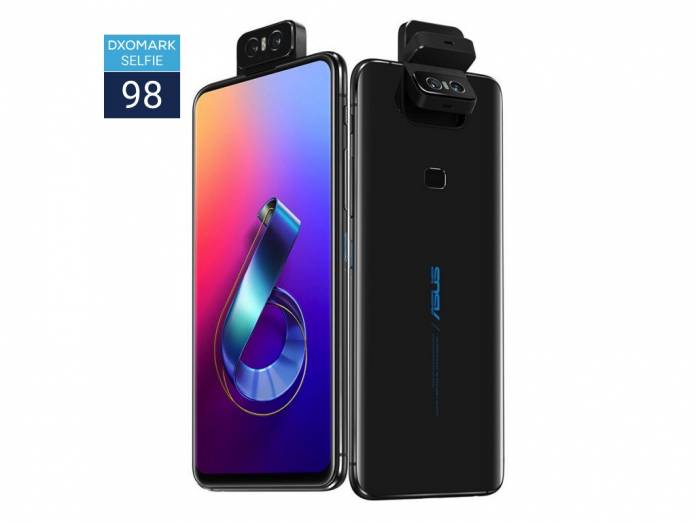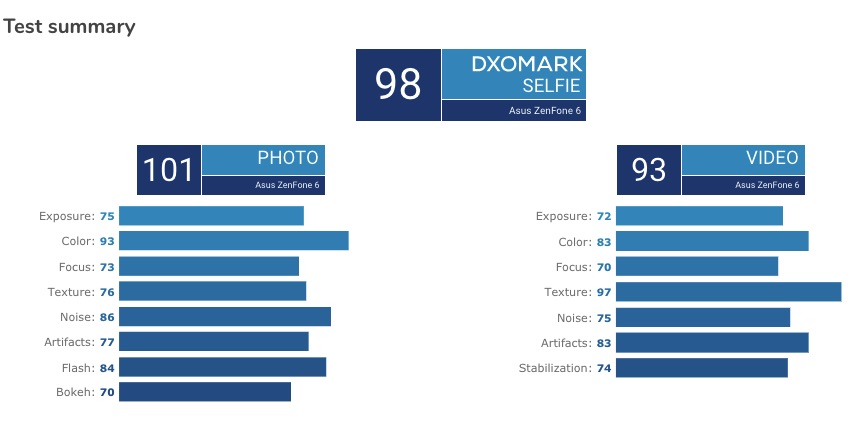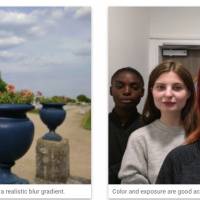
The ZenFone 6 is ASUS’ latest flagship phone. We’re expecting other variants will roll out as in the previous yearS but for now, allow us to check the phone’s performance. The camera especially is worthy to be reviewed because the Taiwanese tech giant boasts the device is made ready to “Defy Ordinary”. The camera is unique with its flip camera design for free-angle shooting while real-time distortion correction is offered by an ultrawide cam. With the new camera design, you can take both normal images and selfie images with the same high-specced cameras.
The ASUS ZenFone 6 features a rotating dual camera system that is composed of a 48MP Sony IMX586 1/2″ sensor with f/1.8-aperture lens and 11mm-equivalent focal length, Dual-LED flash, PDAF and laser autofocus on the main camera, and 2160p video at 30 fps (4K). The Qualcomm Snapdragon 855 chipset-powered smartphone is one interesting device because of the rotating camera that only makes use of a single module.
The new camera design allows for an almost bezel-less display. There is no notch but the chin is still obvious.
Watch DxOMark’s Asus Zenfone 6 Camera Quality Review:
DxOMark has reviewed the smartphone and has given it a decent score of 98 (101 Photo, 93 Video)–tied with the old Google Pixel 2 and the OnePlus 6T. It’s not the best phone camera today but it’s good enough. It offers generally accurate target exposure on faces, accurate depth estimation in bokeh mode, and accurate and repeatable autofocus at all shooting distances. On faces, you can notice good details and efficient noise reduction plus pleasant skin tones and white balance in most conditions.
Some disadvantages of the camera include red-eye artifacts in flash mode, unreliable activation of bokeh effect in low light, occasional exposure instabilities, and shallow depth of field for group selfies.

The ASUS ZenFone 6’s video recording capabilities show decent stabilization, accurate face exposure, good detail on faces in all conditions, and low noise levels on faces in bright light/indoor conditions. Some downsides are present though: fine chroma and luminance noise in low light and shallow depth of field for group selfies. Occasionally, you may notice unstable autofocus, frame skipping, and instabilities and stepping of exposure.















